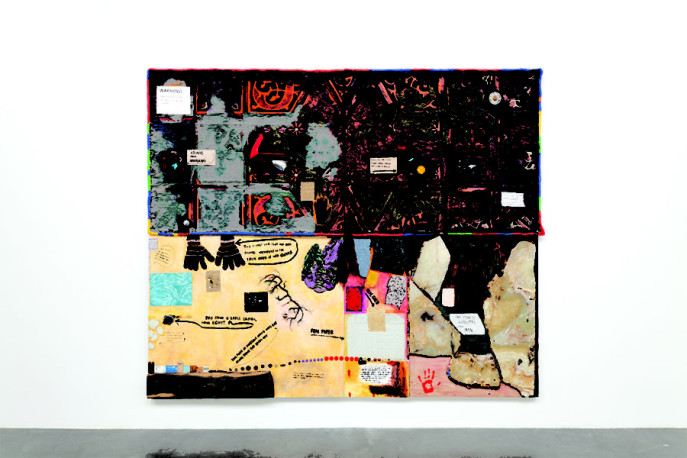
by: Ellen C. Caldwell
for JSTOR Daily
Artist and activist Jimmie Durham’s first North American retrospective “Jimmie Durham: At the Center of the World” opens at The Hammer Museum in Los Angeles this month. Durham’s work is known as being experimental, exploratory, and completely unpredictable — whether in poetry, performance, acting, or art.
Manuel Cirauqui interviewed him in 2012, noting that “something happens ‘away from language’” in Durham’s work and research. In Durham’s own words, he defines his art as working in opposition: “against architecture, against narration, against structure.”
Durham’s work spans decades, not just as an artist but as an activist as well. As the Hammer Museum notes, “Durham was a significant figure within efforts during the 1980s and 1990s to broaden the canon of art to recognize the work of women and artists of color, while remaining ever cognizant of the marginalization of artists that endeavors such as multiculturalism and categories like ‘identity politics’ engendered.”
